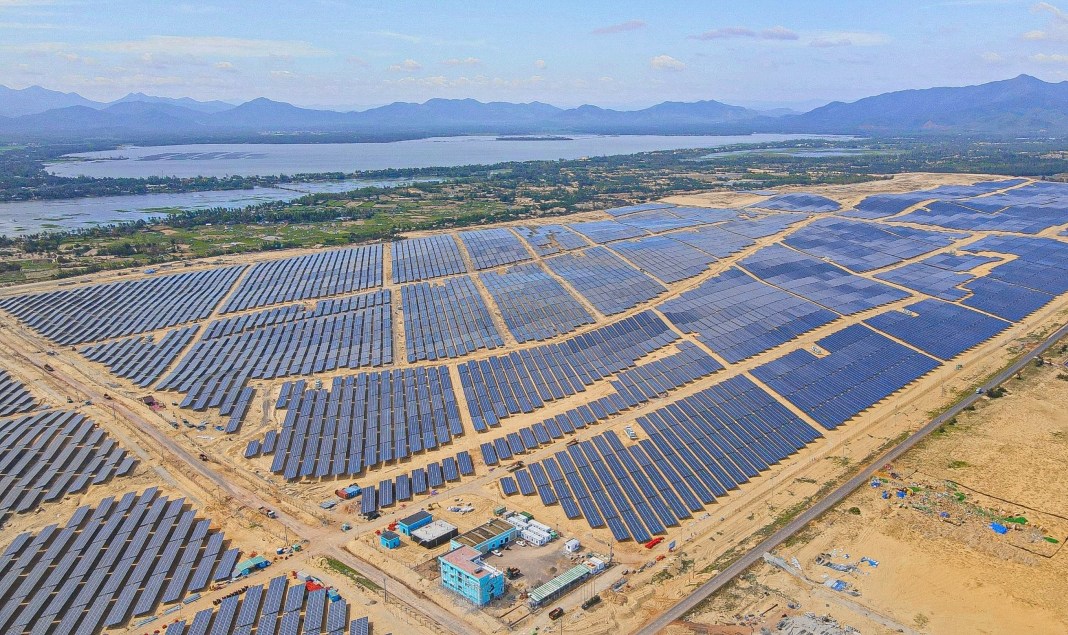HCMC – The pricing for new solar energy projects may differ based on the solar radiation intensity specific to each region across the country.
This detail is outlined in a draft circular aimed at establishing a power generation cost framework for new wind and solar energy projects. The Ministry of Industry and Trade is currently seeking feedback on this draft.
The National Power Development Plan places a priority on solar energy development in the northern region, which has lower solar radiation intensity compared to the central and southern areas. The ministry explains that a higher electricity generation cost will be approved to encourage investments in solar farms in the northern parts.
The methods proposed in the draft circular for formulating the new electricity generation price bracket are similar to those applied for renewable energy projects during the transitional period. However, some input information for price calculation will differ, such as installed capacity, project lifespan, debt repayment period, ownership, borrowed capital, and rate of return.
The calculation method also incorporates updates on the ratio of borrowed capital in foreign currency, operation-management costs, and lending interest rates.
Vietnam Electricity (EVN) will be responsible for calculating the price framework using input data provided by a consultant appointed by EVN. The pricing framework will be submitted to the Ministry of Industry and Trade for consideration every November before receiving approval.
As per the National Power Development Plan, Vietnam holds an estimated solar power potential of around 963,000 MW. By 2030, there will be an additional 4,100 MW in the total solar power capacity. This figure could reach 168,594 or 189,294 MW by 2050, generating between 252.1 and 291.5 billion kWh.
The plan also outlines a target for wind power capacity, aiming for 21,880 MW for onshore wind farms and 6,000 MW for offshore wind farms by 2030, with an ultimate goal of exceeding 70,000 MW by 2050.











